When healing from Mold and Biotoxin Illness, abiding by a low mold diet can be greatly beneficial. While a significant part of the healing strategy is removing the source of mold from your environment, eliminating dietary sources of mold will protect the body from ingesting other mold species. This diet is also inherently nutrient dense, so it is likely to help reverse nutrient deficincies that developed while sick with Mold and Biotoxin Illness. It is important to know that even if a food is not visibly contaminated, there can be mold spores present, undetected by the naked eye. This list of foods will protect the body from taking in mold species while on a healing protocol.
Keep in mind that loss of oral tolerance often accompanies Mold and Biotoxin Illness and may inhibit you from eating other foods on this list. We urge you to keep a food diary to help pinpoint food related symptoms and discuss them with our clinicians.
Food to Avoid
These foods have to ability to aggressively aggravate symptoms. Mold and yeast containing foods add “fuel to the fire” of mold illness, so to speak. Yes, potentially even those foods touted to be gut-healing. These foods contain traces of mold and yeasts that exacerbate mold illness symptoms.
All sugar and all food that includes sugar including white sugar, sucanut, honey, maple syrup, coconut sugar, molasses, etc.
All high sugar fruits such as banana, mango, pineapple, grapes, melons, and oranges
All dried fruits such as raisins, dried cranberries, and dates
All packaged and processed foods including ready made meals, frozen meals, packaged snacks, cereals, etc.
Canned goods including tomatoes, soups, sauces, etc.
Mold and Yeast containing foods
Cultured dairy including cheese, yogurt, kefir, sour cream, and buttermilk
Cultured vegetables and fruits including sauerkraut, kimchi, etc.
Cultured beverages including kombucha, water kefir, etc.
Alcoholic beverages
Condiments and vinegar containing foods including some salad dressings, mayonnaise, pickles, soy sauce, mustard, and relishes
Mushrooms and edible fungi
Smoked and processed meats including ham, bacon, and prosciutto
Fruit juices
Peanuts, cashews, pistachios, sunflower seeds, hazelnuts
Grains including wheat, rice, and oats
Food to Eat in Moderation
Each individual dealing with mold illness is different which is why it is important to pay careful attention to how you feel when eating these foods. Most individuals find they can consume these in moderation without symptoms, but if you experience symptoms it is wise to forgo these foods a little while longer.
Starchy vegetables and legumes including potatoes, lentils, beans, peas, pumpkin, parsnips, and turnips
Lower glycemic fruits including blueberries, raspberries, blackberries, apples, pears, and peaches
Raw vinegars
Foods to Enjoy
Organic vegetables
Grass-fed & pasture raised meats
Nourishing fats including coconut oil, avocado oil, extra virgin olive oil, coconut milk, grass-fed ghee, rendered animal fat from responsibly-raised animals
Raw or sprouted nuts and seeds including almonds, pumpkin seeds, chia, flax
Herbal teas
Fresh vegetable juices
source:
https://www.jillcarnahan.com/2020/08/24/low-mold-diet/


